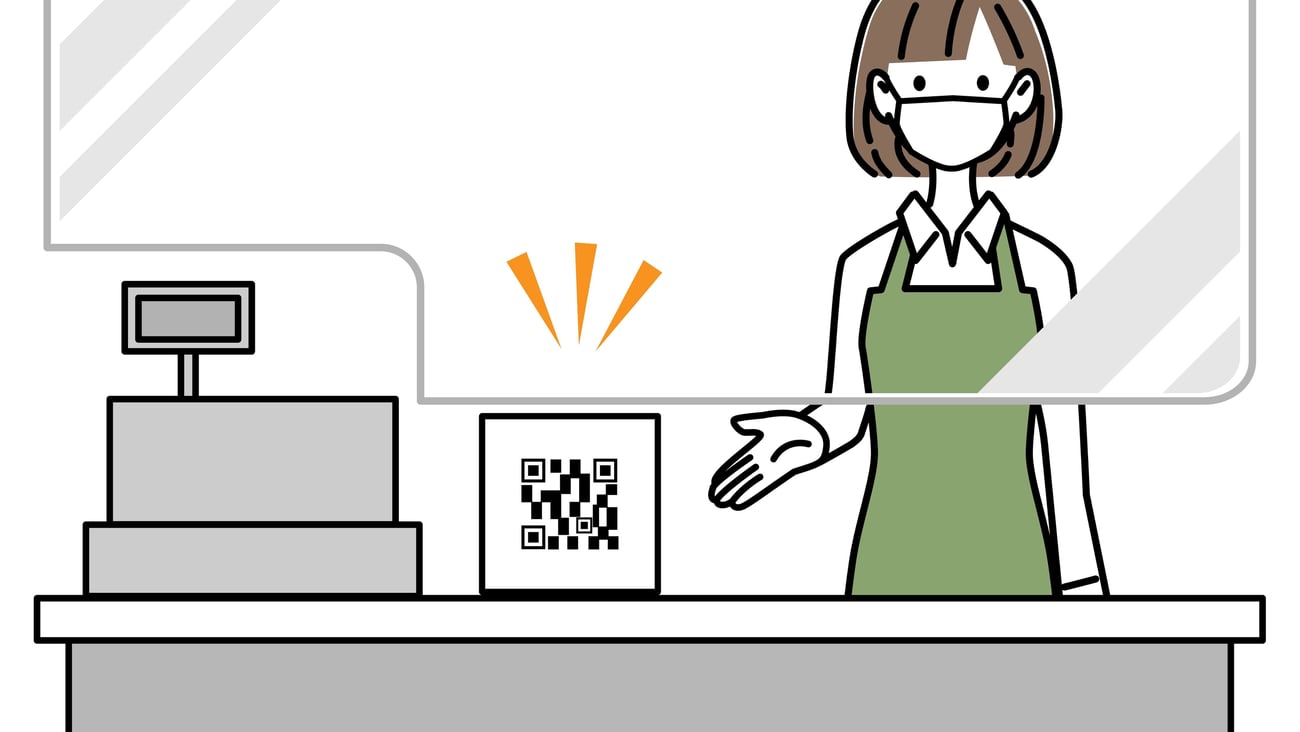Brewing convenience: Crafting a new chapter for convenience stores
The Ontario government has opened the gates for convenience stores to venture into the world of alcohol sales, heralding a potential boon for revenue, foot traffic, and heightened competitiveness. While the prospect of tapping into this new market is undoubtedly exciting, the transition demands a strategic and comprehensive approach, addressing key aspects ranging from store design to human resources, operations, and security.
Elevating store design
Convenience stores, synonymous with streamlined layouts, will now posed with the challenge of accommodating the addition of alcohol to their inventory. The need for space to house these bulkier products, such as 24-packs of beer, necessitates a re-evaluation of store layouts. In a delicate balance between maximizing alcohol sales and maintaining the store's original essence of convenience, decisions will need to be made on which product categories to limit or even eliminate. Storeowners are faced with the choice of either embracing an evolution in design or opting for expansion if possible to preserve the diversity of product offerings.
The evolution of store design is not merely about making space for alcohol; it's about crafting an environment that seamlessly integrates these new offerings with the existing convenience store experience. Creating designated areas for alcohol, with attractive displays and knowledgeable staff, can enhance the shopping experience for customers. Moreover, leveraging technology such as digital signage and interactive displays can guide customers to the new section, fostering a smooth and intuitive shopping journey.
Human resources and operations overhaul
As the influx of customers into convenience stores is expected to increase with the availability of alcohol, store owners must prepare for an upswing in operational demands. The new traffic may necessitate an increase in staff, with additional training requirements, including Responsible Liquor Sale, Service, and Delivery Training, a crucial element for handling alcohol sales responsibly. Compliance with age restrictions further adds a layer of complexity, with staff now required to be 18+.
To cater to the new demands of alcohol retail, convenience store owners should consider cross-training existing staff or hiring specialists with expertise in liquor sales. This ensures that the staff is not only knowledgeable about the products but also capable of providing excellent customer service. Additionally, implementing efficient inventory management systems can help streamline operations, reducing the likelihood of stockouts or overstock situations.
Fortifying security measures
While the availability of alcohol is expected to draw customers in, it also brings along new risks including theft. To counteract potential security issues, store owners may need to consider hiring internal security personnel or contracting external security companies. The strategic placement of security cameras, especially around refrigeration units and areas housing single-serve alcohol containers, becomes paramount in monitoring and deterring theft.
Moreover, investing in advanced security technology, such as electronic article surveillance (EAS) systems and access control measures, can further fortify the store's defences against theft. Collaborating with local law enforcement and community watch programs can create a network of support, enhancing overall security in the vicinity. Despite these efforts, the increased risk associated with alcohol on premises may result in heightened insurance premiums, urging store owners to proactively invest in robust security measures to safeguard their merchandise.
The expansion of convenience stores to include alcohol retail is a transformative shift that could increase revenue and foot traffic. However, success hinges on a thoughtful approach, including redesigning store layouts, adapting human resources and operations to the new demands, and considering security measures to protect against potential risks. As convenience stores step into this new era, a strategic blend of innovation and preparedness will be the key to unlocking the full potential of this lucrative market.
In essence, the convergence of convenience and alcohol retail represents a dynamic opportunity for Ontario's convenience store owners. Embracing change and approaching it with a forward-thinking mindset will not only ensure the successful integration of alcohol into the convenience store landscape but also position these stores as dynamic hubs of convenience and community engagement. As the doors to this new era swing open, the adaptability and strategic planning of store owners will be the driving force behind their success in this evolving market.
Lisa Hutcheson was a panelist for Liquid Gold: Preparing for beverage alcohol in Ontario in the countdown to 2026 at The Convenience U CARWACS Show March 5.





